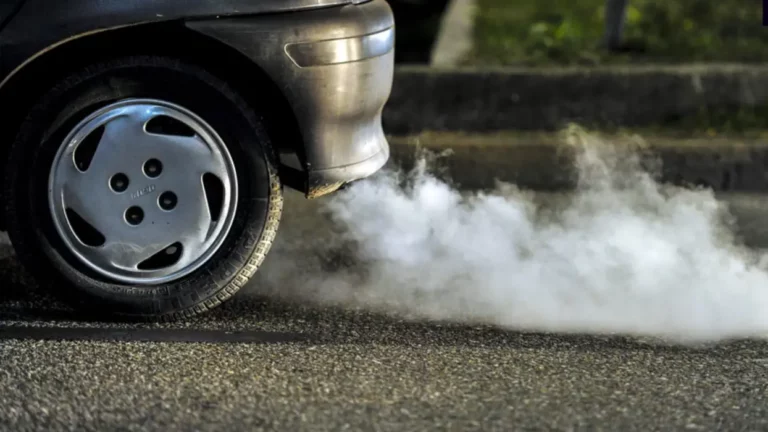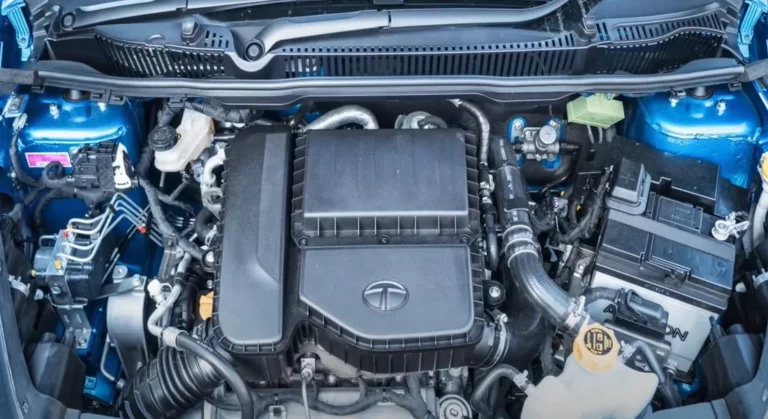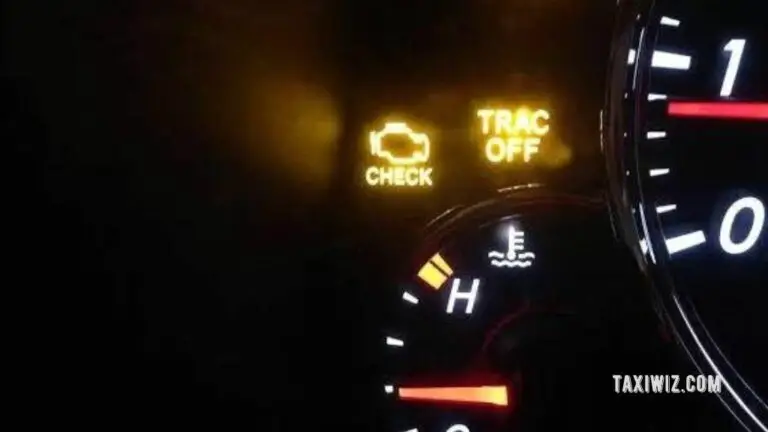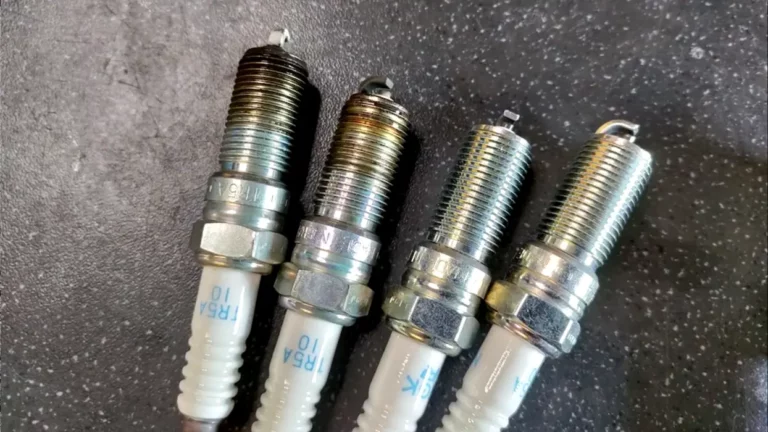How Much Oil To Put In Car When Empty?
Just as blood is vital to the human body, oil is vital to the engine of a car. Neglecting it can result in extensive damage and expensive restorations. Maintain your vehicle’s health by replacing the oil on a regular basis.
However, many people are unsure about how much oil to put in car when empty. If you are facing the same dilemma, don’t worry, this article is here to help you.
By the time you finish reading it, you will have a clear understanding of how to properly maintain your car’s oil levels.Let’s jump straight into it!
Why is it Important to Maintain Proper Oil Level?
Maintaining your car’s oil levels is crucial to ensure that the engine is running smoothly and to avoid costly repairs.
The oil lubricates the engine’s moving parts, reducing friction and heat and preventing wear and tear and corrosion.
Low oil levels can cause the engine to work harder, resulting in an increase in heat and possibly engine failure. Similarly, excessive oil levels can cause issues such as oil foaming.
Therefore, it is crucial to provide the correct quantity of oil when refilling the engine.In addition,check your car’s oil levels frequently, at least once a month, or prior to long trips.
What are the Signs that the Engine Requires to Refill Oil?
There are several indicators that suggest it’s time to top up your engine oil. Low oil levels can lead to a range of issues in your car, including:
- Dashboard warning lights
- The engine overheating
- Knocking or ticking sounds from the engine
- Decreased fuel efficiency
- Smoke coming from the exhaust
If you observe any of these symptoms, it’s crucial to check your car’s oil levels and add more if needed.
How to Check Oil Levels in a Car?
Checking your car’s oil levels will be relatively easy if you follow these simple steps:
- First, park the car on a level surface. Don’t forget to turn off the engine.
- Then, open the hood and locate the oil dipstick, usually marked with a yellow or orange handle.
- Pull the dipstick out and wipe it clean using a cloth or paper towel.
- After that insert the dipstick all the way in and pull it out again.
- Compare the oil level to the markings on the dipstick. The oil level should be between the two marks, usually labeled MIN and MAX.

If the oil level is too low, it means that your car is consuming or leaking oil, and you need to add more oil as soon as possible.
If the oil level is too high, it means that you have added too much oil, and you need to drain some oil to avoid damaging your engine.
What are the Factors that Affect the Amount of Oil Needed?
Understanding the various factors that can impact the engine’s performance is necessary in order to determine the correct amount of oil to put in a car. There are several factors that affect the amount of oil needed to fill your car’s engine.
One crucial factor is the size of your car’s engine. Generally, larger engines consume more amount of oil than smaller engines.
Another factor is the type and model of your car. The manufacturer’s manual provides specific information on oil capacity and recommended oil grade and viscosity.
Your driving habits and the environment you drive in can also influence how much oil your car needs. For example, if you often drive in stop-and-go traffic or in extreme weather conditions, your engine may have to work harder and require more oil.
Determining the Right Amount of Oil to Put in a Car
Maintaining the health and function of the engine of a car requires knowing how much oil to put in it.
Most engines today will hold between five and six quarts of oil, but this can vary.For example, compact four-cylinder engines may need as little as four quarts, while large truck engines may need up to eight or nine quarts.
Here are some general guidelines for how much oil different types of engines may need:
| Types of Engines | |
|---|---|
| Types of Engines | Amount of Oil |
| 4-cylinder engine | 3.5-4.5 liters |
| 6-cylinder engine | 4.5-5.5 liters |
| 8-cylinder engine | 5.5-7.5 liters |
These are only guidelines; your car’s specific oil requirements may differ depending on the type and model. To find out how much oil your car requires, check your owner’s manual carefully.
Also, a general rule of thumb is to add one quart of oil for every 1,000 miles you drive. However, this may vary depending on your car’s specifications and conditions. Therefore, checking your car’s manual for more accurate guidance is best.
Do Different Types of Oils Affect the Amounts of Oil Require?
The type and quality of the oil you use, such as its viscosity and grade, affects how much is required for your car.
- Oil viscositydescribes how thick or thin it is at various temperatures.
- Oil grade refers to how well the oil performs under certain conditions.
Different oils are needed for various engine types.Using the incorrect type of oil can result in increased oil consumption, engine damage, and even void your warranty.
The most common type of oil used in cars is synthetic blend motor oil. It is a mixture of synthetic and conventional oils that offers better performance and protection than conventional oils alone.
Synthetic blend oils are suitable for most cars and driving conditions.
However, some cars may require full synthetic motor oils made from chemically modified petroleum or other synthetic materials. Compared to conventional or synthetic blend oils, it provides better performance and protection.
Full synthetic oils are ideal for high-performance cars, extreme driving conditions, or extended drain intervals.
The type of oil you use should match the specifications given by your car’s manufacturer. You can find the recommended oil type and viscosity on your car’s manual or oil cap.
Does High Oil Level AffectCar Performance?
An excessively high oil level can have a negative impact on the performance of a car.
If you add too much oil to your car engine, the oil level can become too high and touch the crankshaft, which can whip the oil into a foam. This can result in engine damage, as frothy oil does not lubricate well or move nicely through the system as it should.
Also, overfilling oil can cause spark plug fouling, failing seals and gaskets, combusted oil, etc.
No action is needed if the oil level is slightly above the MAX mark.However, you might need to drain part of the oil if you fill it to a level 0.2 inches or higher above the MAX line.
Follow the video to drain excess oil easily from the engine of the car: https://youtu.be/aGtZePkMLbE
DoesLow Oil Level Affect Car Performance?
A low oil level can have an impact on the performance of a car.
Lack of sufficient lubrication in the engine results in the moving parts grinding against each other, which generates heat, friction, and increased wear and tear. Reduced engine power, slower acceleration, and poor overall performance may also result from this.
Common signs of decreased engine performance include a reduction in fuel economy, loss of power, and engine stalling.






